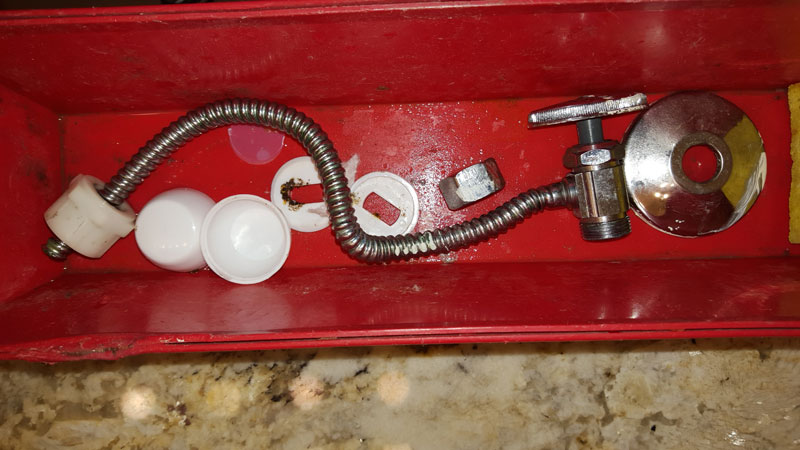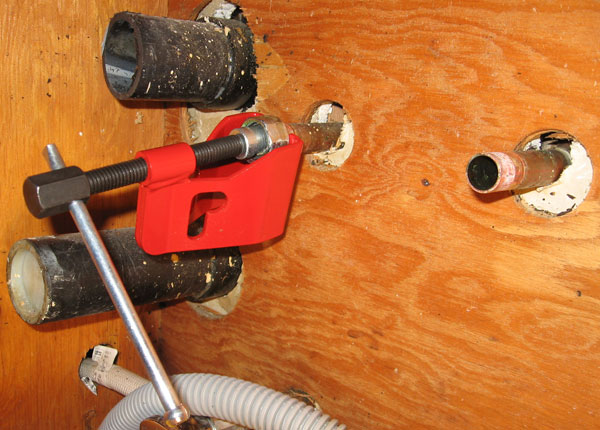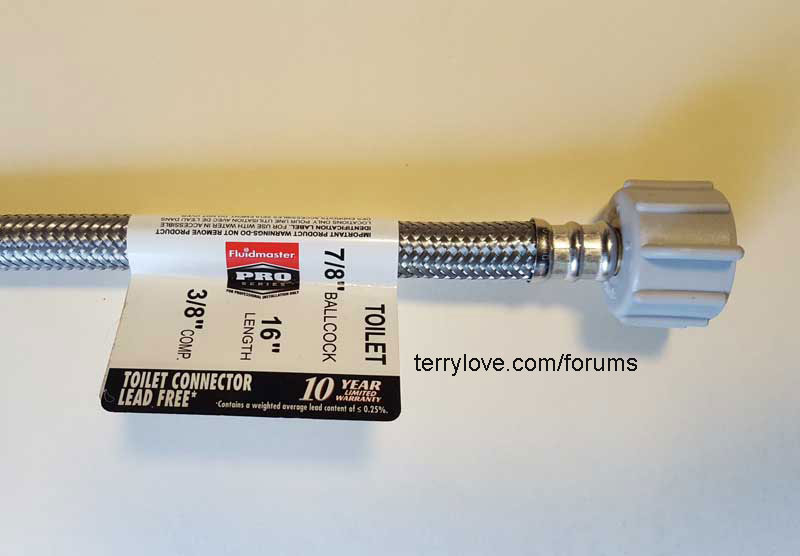Jvstevens
Member
I installed 2 new bath sink faucets, but since the shanks on the new faucet are shorter than the old faucets, the existing supply tubes are not long enough. And unfortunately, the existing supply tubes are "beaded" ("spiral" or "corrugated"...not sure of the correct terminology) flexible copper tubing that are integral with the angle stop valve. So, to replace the existing supply tubes means replacing the angle stop valves as well, which I am reluctant to do (possible new leaks). So, my thinking was to connect a new SS braided supply line to the new faucet shanks, and then use a 1/2" brass nipple to connect the old and new supply tubes together. I used new threaded cone washers with a brass washer on the old tube, but it seems like it won't stop dripping where the old supply tube mates to the brass nipple. The only thing that has worked is if I wrap plumbers tape around the cone washers themselves, and on the old spiral tubing under the cone washer. But this sounds hokey to me. What am I doing wrong? Is there a special type of brass nipple I should be using? I'm getting this same leaking action on all four connections, and its making me crazy.
Also, what's your experience with those spiral supply tubes? Is it just me, or are they unreliable and a pain in the #$%?
Also, what's your experience with those spiral supply tubes? Is it just me, or are they unreliable and a pain in the #$%?
Last edited by a moderator:



